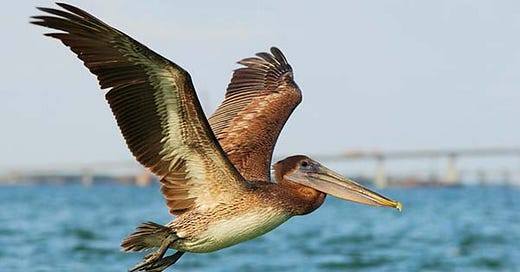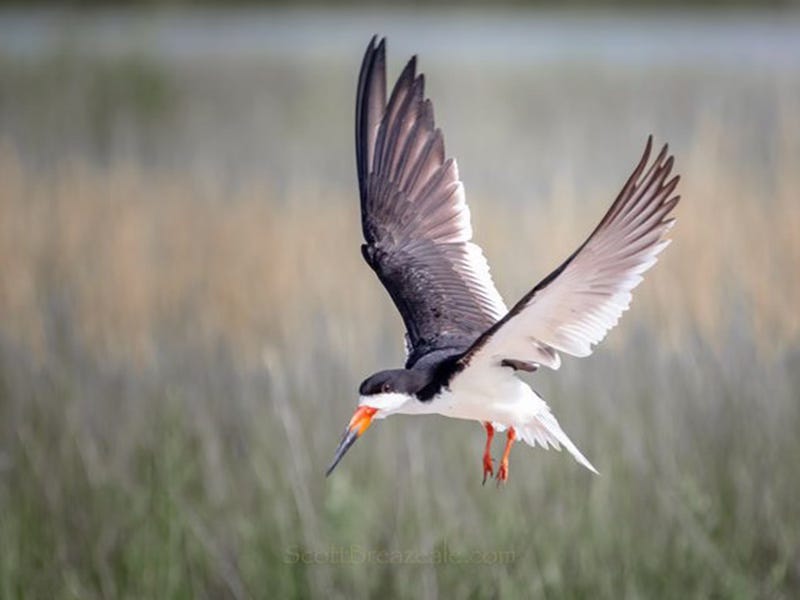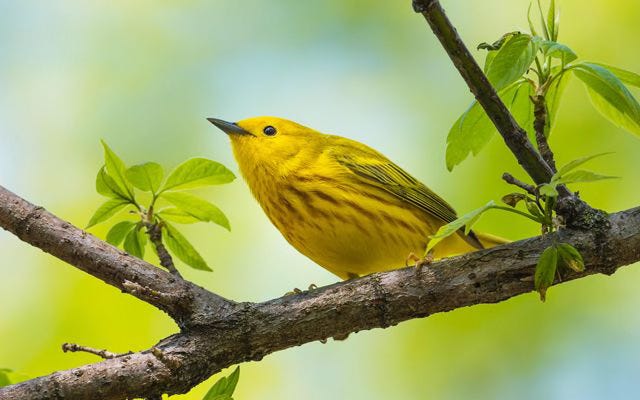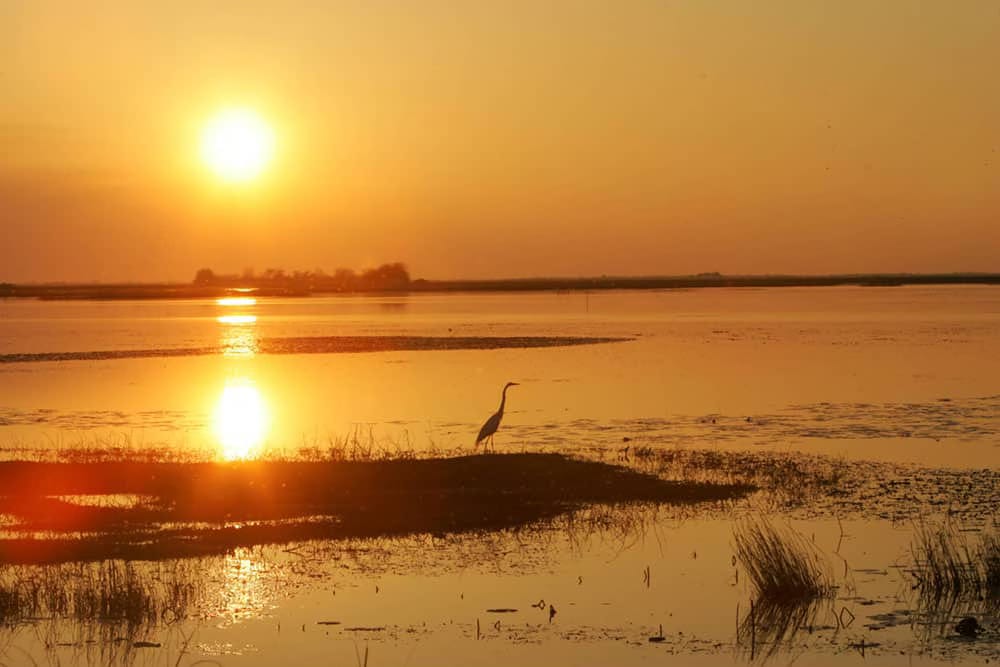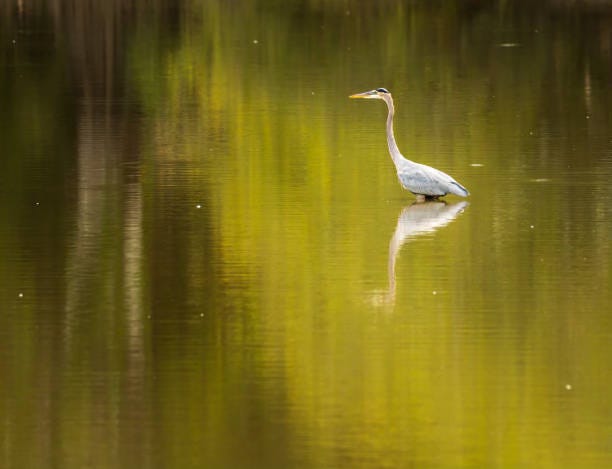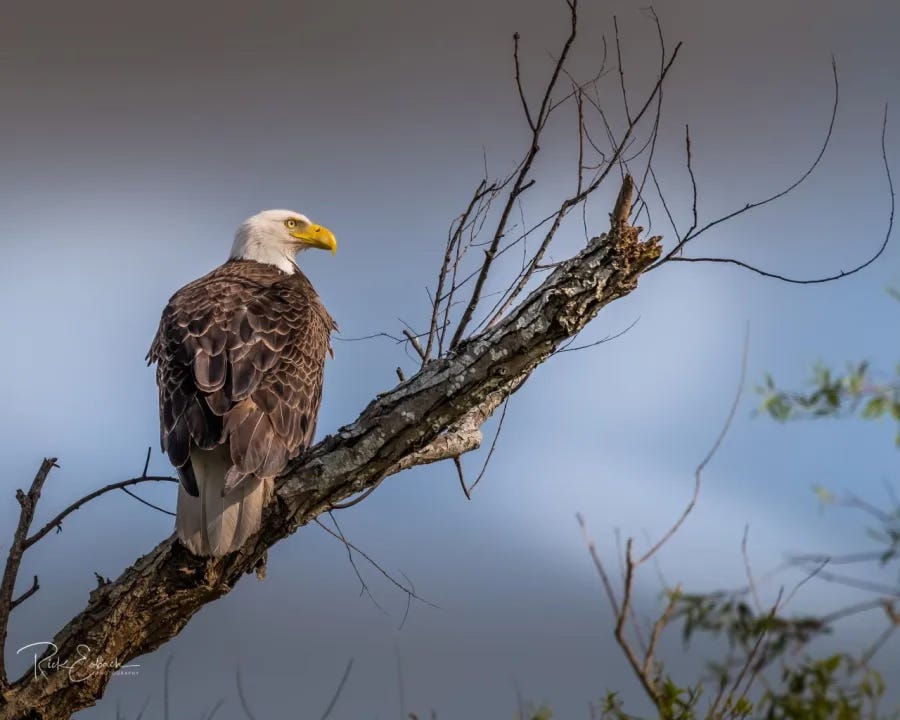A Guide to Birdwatching in Louisiana’s Wildlife Refuges
Louisiana, known for its rich culture and diverse ecosystems, is a haven for birdwatchers from around the world. With its lush landscapes, wetlands, and variety of habitats, the state serves as a vital stopping point for migratory birds and is home to many year-round residents. Whether you're an avid birder or just starting out, Louisiana’s wildlife refuges offer a spectacular glimpse into the state’s avian diversity. This guide will take you through some of Louisiana’s best birdwatching spots, highlight key species to look for, and offer tips to make the most of your birdwatching experience.
Why Birdwatching in Louisiana?
Louisiana’s unique location along the Mississippi Flyway—a major north-south migratory route for birds—makes it an excellent place for birdwatching. The state’s diverse ecosystems, including swamps, marshes, forests, and coastlines, attract over 400 bird species throughout the year. Louisiana’s wildlife refuges protect and preserve these natural habitats, providing birdwatchers with stunning landscapes filled with feathered wonders.
Louisiana is also one of the few places where you can observe such a broad range of species, from herons and egrets in the swamps to colorful migratory songbirds in forested areas. Each region of the state offers unique birding opportunities, making Louisiana a birdwatcher’s paradise.
Best Seasons for Birdwatching in Louisiana
Louisiana offers excellent birdwatching year-round, but certain seasons bring unique opportunities:
Winter (December-February): Winter in Louisiana attracts numerous migratory birds, such as waterfowl, raptors, and wading birds, making it an ideal time for spotting species like the Snow Goose and Bald Eagle.
Spring (March-May): Spring migration brings a burst of color and activity as songbirds, including warblers and tanagers, travel through the state. This is a prime time for spotting rare species and for birdwatching enthusiasts looking to see as many species as possible.
Summer (June-August): Though quieter, summer offers chances to observe nesting behaviors. Egrets, herons, and other wading birds are especially active during this season.
Fall (September-November): Fall migration provides another chance to see a wide variety of migratory birds. Songbirds, raptors, and shorebirds make their journey south, creating fantastic birdwatching opportunities.
Essential Birdwatching Tips
Before heading out, here are some tips to make your birdwatching experience in Louisiana even better:
Bring Binoculars and a Field Guide: Essential for spotting and identifying birds, binoculars and a guide will enhance your birdwatching experience.
Be Patient and Quiet: Birds are sensitive to sounds. Approach birding sites quietly, and be patient to see more species in their natural behaviors.
Timing is Key: Early mornings or late afternoons are generally the best times for birdwatching, as birds are more active during these cooler hours.
Dress Appropriately: Wear comfortable clothing and waterproof boots, especially if exploring swampy or marshy areas.
Respect Wildlife and Environment: Louisiana’s wildlife refuges are protected areas. Always follow guidelines to protect these habitats and the birds that depend on them.
Top Louisiana Wildlife Refuges for Birdwatching
Louisiana’s wildlife refuges offer some of the best birdwatching experiences in the state. Here are some must-visit spots:
1. Atchafalaya National Wildlife Refuge
Location: St. Martin and Iberville Parishes
Highlight: The largest river swamp in North America, Atchafalaya is teeming with birdlife. Look for species like the Barred Owl, Red-shouldered Hawk, and migratory songbirds during spring and fall.
Features: Boardwalks and designated birding trails make Atchafalaya accessible and allow for close-up viewing of wetland and forest birds.
2. Bayou Sauvage National Wildlife Refuge
Location: New Orleans
Highlight: As the largest urban refuge in the United States, Bayou Sauvage offers easy access and is ideal for birdwatchers interested in wading birds like the Great Blue Heron, White Ibis, and American Bittern.
Features: Multiple trails, boardwalks, and observation decks provide excellent birdwatching platforms within a short drive from the city.
3. Big Branch Marsh National Wildlife Refuge
Location: St. Tammany Parish
Highlight: Known for its diverse wetland habitat, this refuge is home to species such as the Bald Eagle, Osprey, and a variety of ducks.
Features: Marsh and swamp trails make this a scenic and productive birdwatching destination, especially in winter.
4. Lacassine National Wildlife Refuge
Location: Cameron Parish
Highlight: Lacassine is particularly popular for its winter bird populations, including Snow Geese, Tundra Swans, and various shorebirds.
Features: The Lacassine Pool is a must-visit spot in this refuge, where birdwatchers can view a rich variety of waterfowl and migratory birds.
5. Sabine National Wildlife Refuge
Location: Near Hackberry, LA
Highlight: Situated in the southwestern part of Louisiana, Sabine is a hotspot for migratory birds, including Roseate Spoonbills, Reddish Egrets, and various shorebirds.
Features: With its scenic marsh boardwalks, Sabine offers an immersive experience in a saltwater and brackish marsh setting.
Must-See Birds of Louisiana
Louisiana’s bird species range from majestic raptors to small and colorful songbirds. Here are some notable species to watch for:
Bald Eagle: This iconic bird can be spotted year-round in Louisiana, especially near lakes and rivers.
Roseate Spoonbill: With its vibrant pink plumage, the Roseate Spoonbill is a favorite among birdwatchers. Look for them in marshes and swamps.
Prothonotary Warbler: Often called the “swamp canary,” this bright yellow warbler nests in wooded wetlands and is a highlight for spring birdwatchers.
Great Blue Heron: A common sight in marshes, this large bird can be seen stalking fish along Louisiana’s waterways.
Red-shouldered Hawk: This medium-sized hawk is often found in the Atchafalaya and Big Branch refuges, especially near wooded and swampy areas.
Recommended Gear for Birdwatchers
A successful birdwatching trip requires the right gear. Here are some essentials for exploring Louisiana’s wildlife refuges:
Binoculars: Invest in a quality pair with a magnification of 8x to 10x for optimal bird viewing.
Field Guide: A guide specific to birds of the Southeastern U.S. or Louisiana will help with quick and accurate identification.
Camera: Many birdwatchers enjoy capturing photographs of their sightings. A camera with a telephoto lens will help you get great close-up shots.
Portable Seat: Some birds may require a long wait, and a lightweight, folding chair can make the experience more comfortable.
Bug Repellent and Sunscreen: Louisiana’s wetlands are beautiful but can be home to mosquitoes and intense sun. Bring protection for a more comfortable experience.
Conclusion: Embrace Louisiana's Birding Community
Louisiana’s wildlife refuges are brimming with birdwatching possibilities that attract enthusiasts from all over. Each refuge offers unique habitats and unforgettable encounters with both migratory and native birds. Whether you’re marveling at a Bald Eagle in Big Branch Marsh or observing a Roseate Spoonbill in Sabine, the state’s refuges invite everyone to appreciate Louisiana’s wild side.
Birdwatching in Louisiana isn’t just about spotting different species—it’s an opportunity to connect with nature, appreciate the state’s rich ecosystems, and celebrate its biodiversity. By visiting these refuges, you’re not only creating memories but supporting the conservation of these remarkable environments.
If you enjoyed this guide and want to continue exploring the wonders of Louisiana, make sure to subscribe to our blog. Share this post with fellow bird lovers, and connect with us to share your Louisiana birdwatching adventures! Together, let’s celebrate and protect Louisiana’s unique natural heritage.

